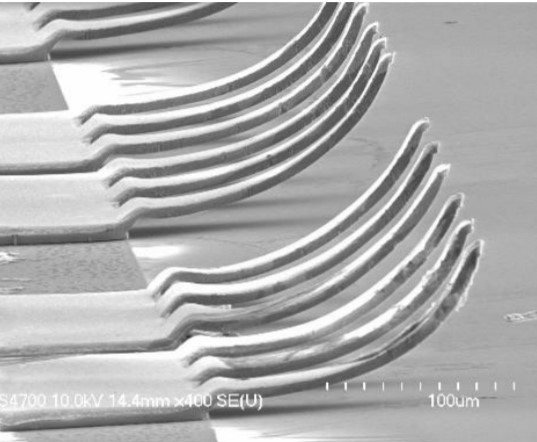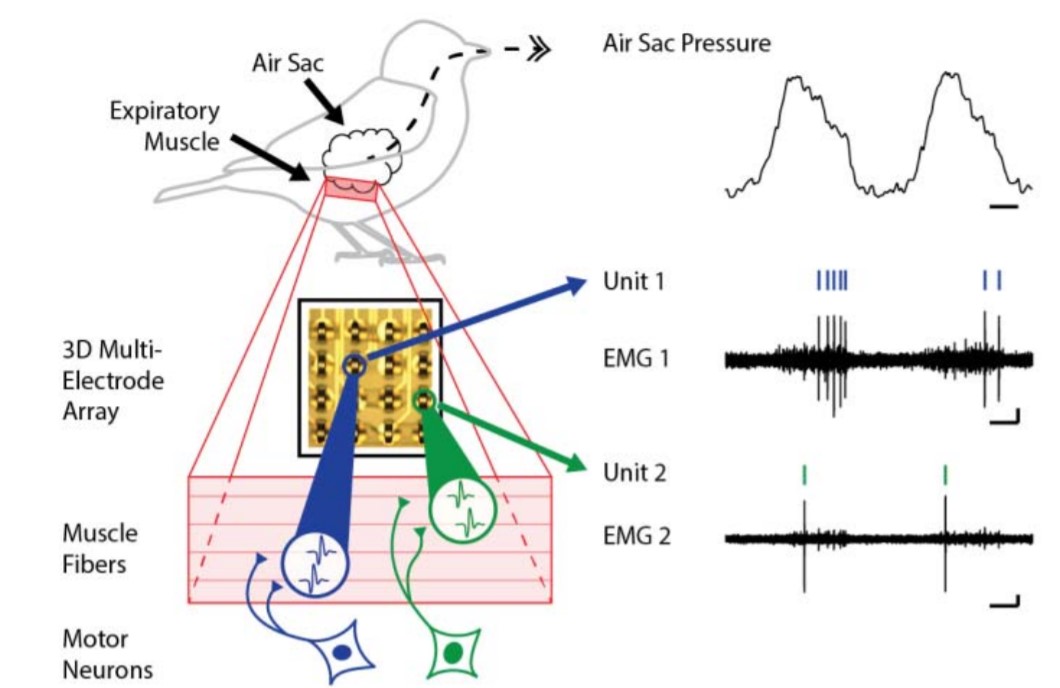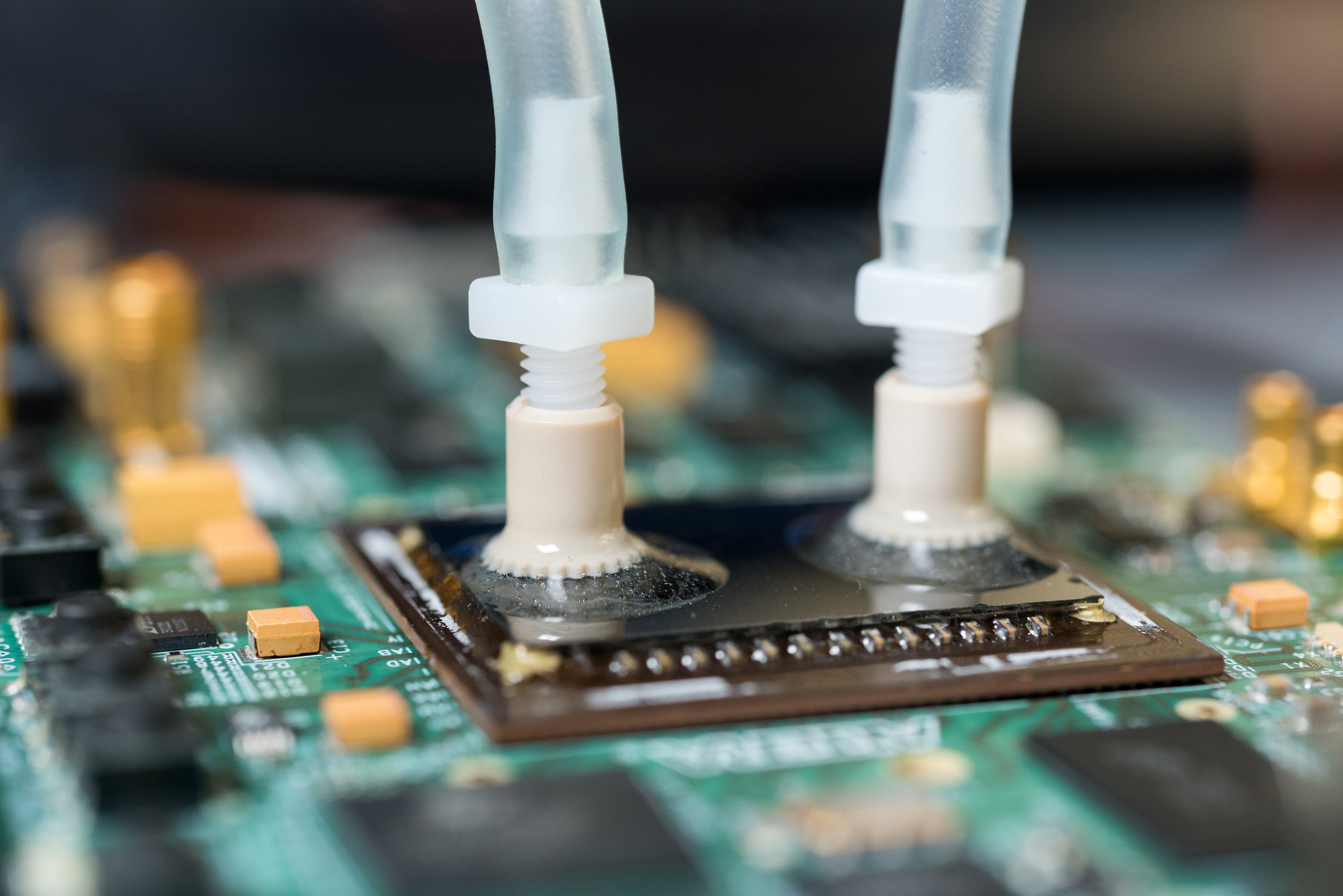Research Areas

Electrical and Photonic Interconnect Technologies
Heterogeneous integration of electronics and photonics is a promising solution to meet the high-bandwidth, low-latency, and low-energy consumption needs of modern computing systems, both for within- and off-package communication. Compared to electrical links, optical interconnects, which have many practical benefits such as high bandwidth density, low energy dissipation, and low communication latency, offer a promising solution for large-scale electronic integration.

Electrical and Thermal Modeling for Heterogeneous Integration
There is an exploding interest in heterogeneous integration of multi-functional chiplets into a single package using 2.5D/3D technologies, such as high-bandwidth memory with GPUs, field programmable gate arrays (FPGAs) with server processors, and high-performance GPUs with general-purpose CPUs.

Electronics for Healthcare
Evolution of data analysis methods in neuroscience in the recent past has increased our collective understanding of how a nervous system controls complex behaviors. This research focuses largely on the central nervous system, exploiting new technologies that can record large numbers of individual neurons (brain cells) for extended periods of time in order to quantify their relation to behavior.

Embedded cooling in dense electronics
Interconnects have become a critical bottleneck in computing performance and efficiency at every level of integration. While the solution to this problem is decreasing interconnect length and increasing system density, the ability to remove heat already limits this approach. Computational density is primarily limited by the large volume of air that must be used to capture heat with a reasonable increase in temperature.

Heterogeneous Integration (2.5D and 3D)
There is an ever increasing need to integrate multiple dice of various functionalities, including ASICs, CPUs, GPUs, FPGAs, microsensors, photonics, MEMS, and RF components into a single package. This need has spurred significant (perhaps exponential) research in heterogeneous interconnection platforms including 2.5D and 3D.

